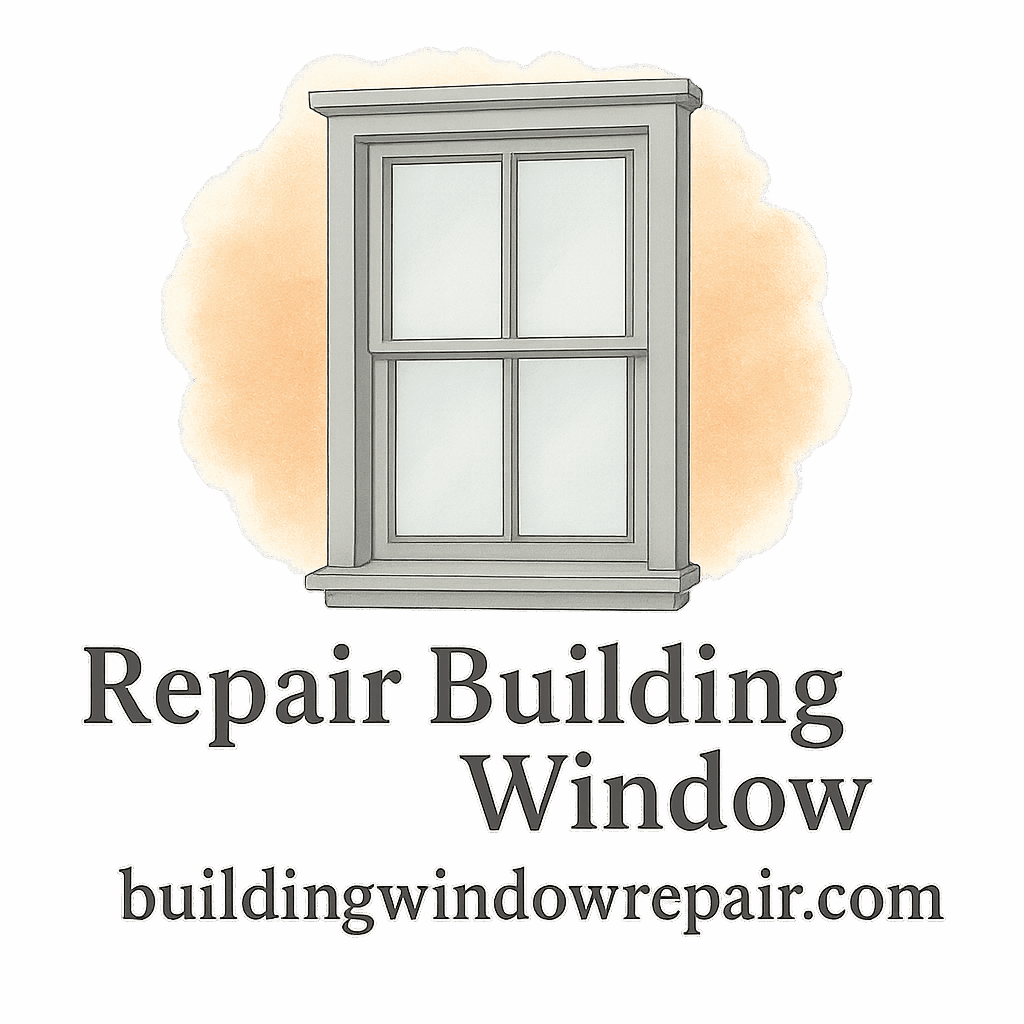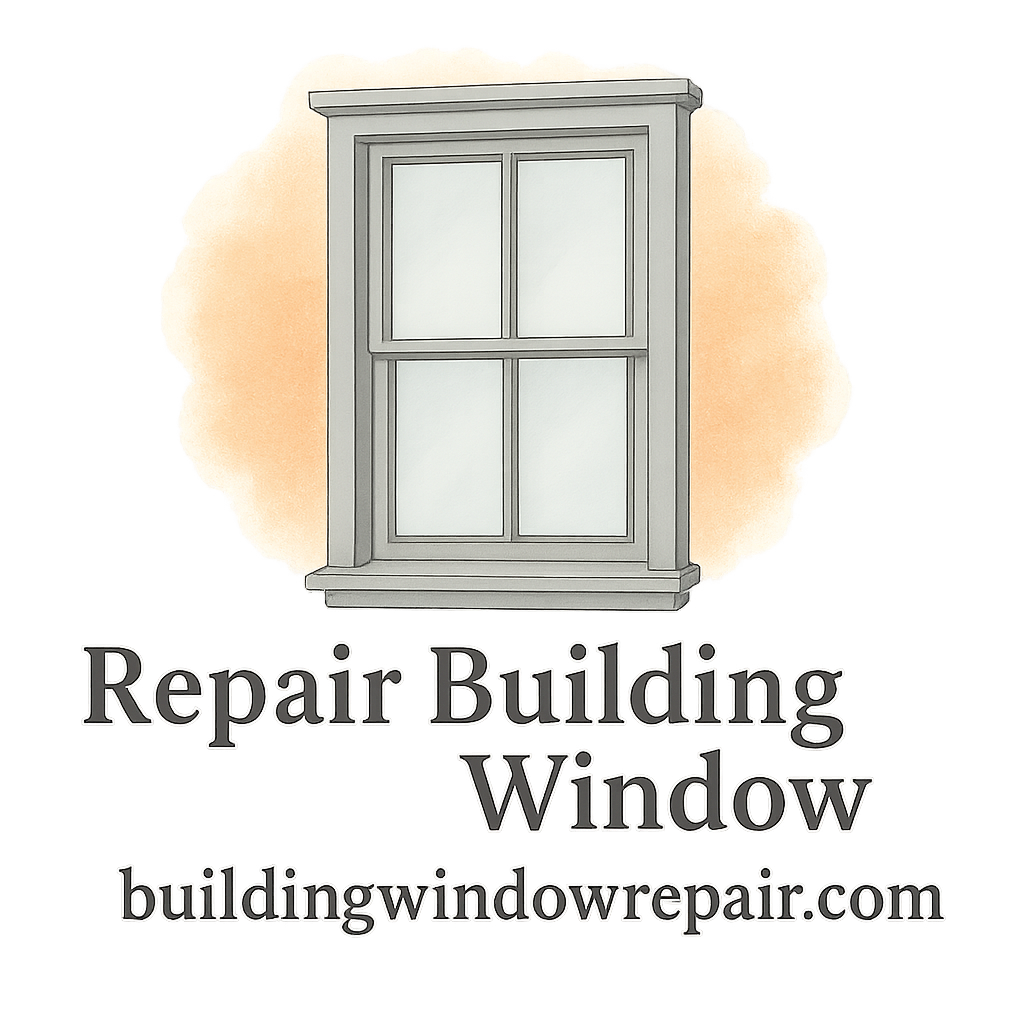Introduction
Working on windows in a high-rise building isn’t your average DIY project. The stakes are high—literally. One wrong move, one overlooked step, and the consequences can be disastrous. That’s why having robust safety protocols for high-rise building window repairs isn’t just helpful—it’s absolutely critical.
In this guide, we’ll walk through the 5 most essential safety protocols you need to follow for any high-rise window repair project. Whether you’re a building manager, a contractor, or just someone trying to understand what goes into safe high-rise maintenance, you’re in the right place.
Why Safety Matters in High-Rise Window Repairs
Real Risks, Real Consequences
When you’re dealing with altitudes of 10, 20, or even 50+ stories, the margin for error shrinks fast. Falling tools, glass shards, and unsecured platforms aren’t just minor hiccups—they can lead to serious injury or death.
Aside from human safety, the structural integrity of the building is on the line too. Damaged windows can cause issues like drafts, leaks, and compromised insulation—reducing energy efficiency and increasing operational costs.
The Role of Regulations and Compliance
Legal and Insurance Considerations
Not following proper safety guidelines can land you in hot water—fast. Insurance companies often deny claims if protocol wasn’t followed. Worse yet, you could face lawsuits or fines from local authorities.
Industry Guidelines for Safe Repairs
Organizations like OSHA have detailed requirements for fall protection, scaffolding, and safety harnesses. Beyond that, companies must align with building compliance and government regulations.
Safety Protocol #1: Conduct Thorough Site Assessments
Identifying Potential Hazards
Before you even touch a wrench or step onto a scaffold, start with a comprehensive site inspection. Look for things like:
- Loose glass or frame
- Unstable window platforms
- Wind exposure and weather conditions
- Accessibility issues
Risk Mapping and Documentation
Once risks are identified, they should be mapped out and documented. Create a risk log that can be shared with the repair crew and updated in real-time if conditions change.
Safety Protocol #2: Use Proper Materials and Tools
Choosing the Right Safety Equipment
Safety harnesses, helmets, gloves, and anchor points must meet high-rise standards. These aren’t your average Home Depot picks—they need to be commercial-grade and ideally certified by a safety authority.
Tools that Meet High-Rise Standards
Power tools and window repair kits must be lightweight yet strong. Tools that vibrate excessively or can be easily dropped pose unnecessary risks.
Why Approved Materials Matter
Materials like glass sealants, adhesives, and frames should meet energy efficiency and impact resistance standards. This ensures the repaired window not only looks good but also complies with local building codes and energy-saving requirements.
Safety Protocol #3: Implement Strict Worker Training Programs
Certification and Licensing
Only qualified professionals should be allowed to conduct high-rise window repairs. Certification in fall protection and rope access is a must.
Emergency Preparedness Training
Every team member should know what to do in case of a fall, tool failure, or sudden weather changes. Mock drills help reinforce training and boost confidence.
Understanding Repair Techniques
Technicians must be proficient in methods such as sash replacement, glazing, and weatherproofing to avoid trial-and-error fixes that compromise safety.

Safety Protocol #4: Adhere to Safety Compliance and Regulations
OSHA and Local Safety Compliance
OSHA mandates include rules on:
- Fall protection systems
- Equipment certifications
- Worker-to-supervisor ratios
- Job hazard analysis
Reporting and Documentation Procedures
All safety steps, near-misses, and completed tasks should be logged digitally or manually for compliance and auditing.
Tagging: Compliance, Legal, Government
These semantic tags provide deeper insight and serve as a checklist for site supervisors and compliance officers.
Safety Protocol #5: Regular Maintenance and Emergency Plans
Creating an Ongoing Maintenance Schedule
Preventive maintenance is just as important as the repair itself. Regular checkups reduce emergency repair needs and help extend the life of windows.
Emergency Response Planning
Have a well-documented emergency plan for sudden glass breakage, windstorms, or equipment failure.
Backup Tools and Supplies
Always keep extra tools, glass panes, and sealants on-site. These backups are lifesavers during emergency jobs.
Additional Safety Considerations for Building Owners
Communicating with Tenants
Let tenants know when work will happen. This prevents people from being near windows during repair and helps you avoid unnecessary complaints.
Budgeting for Safety (Cost Budgeting)
Don’t skimp on safety gear or certified labor to save a buck. Instead, plan your budget around the long-term benefits of professional and compliant repairs.
Final Thoughts on High-Rise Building Window Safety
From emergency prep to ongoing maintenance, safety in high-rise window repairs isn’t a single decision—it’s a lifestyle. Building owners, managers, and contractors all need to play their part. Proper training, certified tools, and routine inspections can turn a potentially dangerous task into a manageable one.
If you’re managing a high-rise property and are unsure about where to begin, check out Building Window Repair. They provide extensive tips, toolkits, and certified services for everything from cracked glass to airtight seals.
Conclusion
High-rise window repairs are serious business. One mistake can put lives at risk and jeopardize an entire building’s safety profile. But when you follow the five safety protocols—site assessments, proper tools, trained staff, regulatory compliance, and emergency planning—you’re setting your project up for success.
Safety isn’t an option—it’s the foundation.
FAQs
1. Why is safety such a big concern for high-rise window repairs?
Because you’re working at extreme heights, any error can result in injury, death, or massive property damage.
2. What are the most common safety tools used?
Harnesses, helmets, scaffolds, suction cups, and safety lines are staples in the industry.
3. How do I know if my building is up to code?
You can schedule an inspection or consult compliance resources to see what needs improvement.
4. Are emergency repairs handled differently?
Yes, and that’s why having emergency plans in place ahead of time is essential.
5. Can I use regular window tools for high-rise repairs?
Absolutely not—specialized tools are designed to be lightweight and safe for vertical work.
6. How often should high-rise windows be inspected?
At least twice a year, or after severe weather events.
7. Is it worth hiring a professional?
Every time. Professionals are trained to handle risks you may not even consider.


